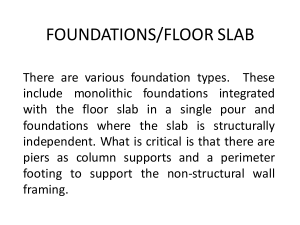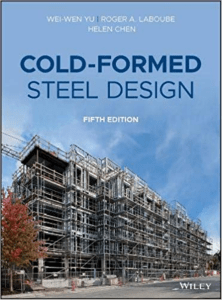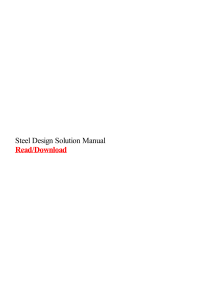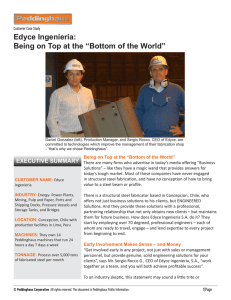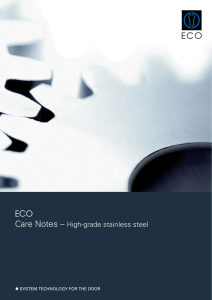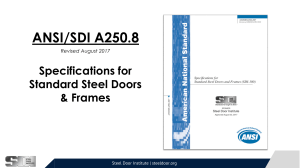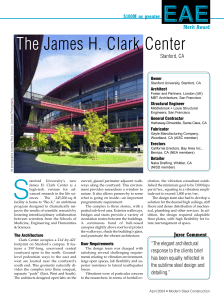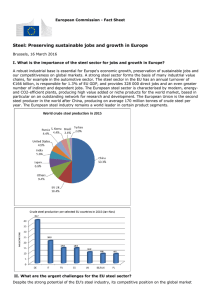Protectionism
Anuncio
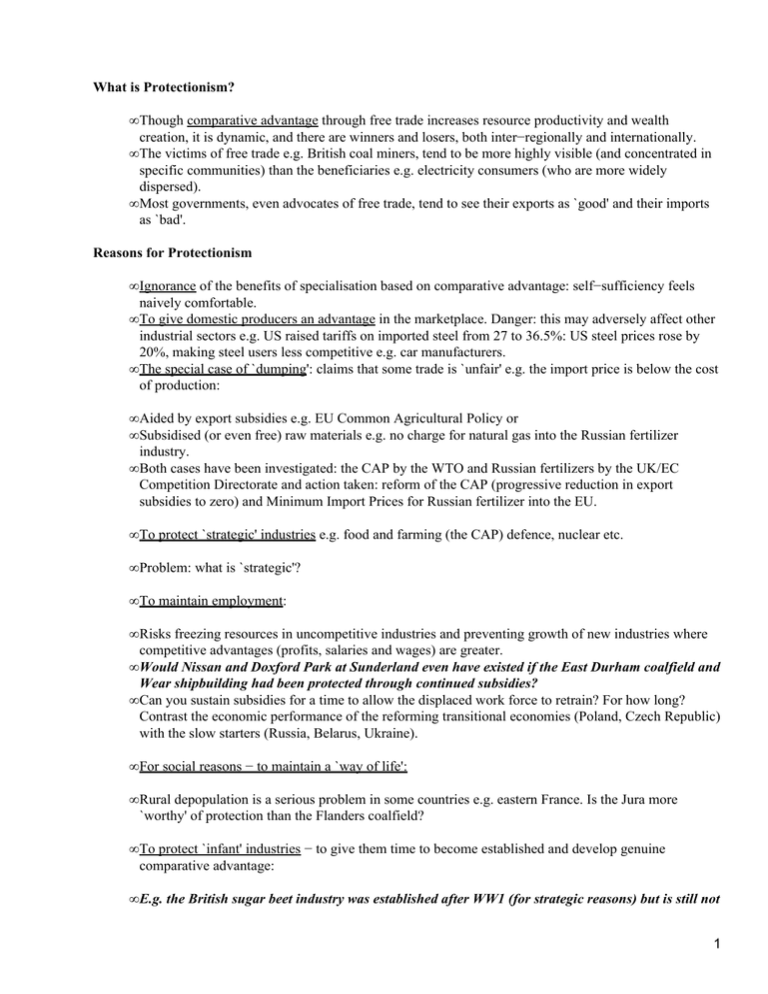
What is Protectionism? • Though comparative advantage through free trade increases resource productivity and wealth creation, it is dynamic, and there are winners and losers, both inter−regionally and internationally. • The victims of free trade e.g. British coal miners, tend to be more highly visible (and concentrated in specific communities) than the beneficiaries e.g. electricity consumers (who are more widely dispersed). • Most governments, even advocates of free trade, tend to see their exports as `good' and their imports as `bad'. Reasons for Protectionism • Ignorance of the benefits of specialisation based on comparative advantage: self−sufficiency feels naively comfortable. • To give domestic producers an advantage in the marketplace. Danger: this may adversely affect other industrial sectors e.g. US raised tariffs on imported steel from 27 to 36.5%: US steel prices rose by 20%, making steel users less competitive e.g. car manufacturers. • The special case of `dumping': claims that some trade is `unfair' e.g. the import price is below the cost of production: • Aided by export subsidies e.g. EU Common Agricultural Policy or • Subsidised (or even free) raw materials e.g. no charge for natural gas into the Russian fertilizer industry. • Both cases have been investigated: the CAP by the WTO and Russian fertilizers by the UK/EC Competition Directorate and action taken: reform of the CAP (progressive reduction in export subsidies to zero) and Minimum Import Prices for Russian fertilizer into the EU. • To protect `strategic' industries e.g. food and farming (the CAP) defence, nuclear etc. • Problem: what is `strategic'? • To maintain employment: • Risks freezing resources in uncompetitive industries and preventing growth of new industries where competitive advantages (profits, salaries and wages) are greater. • Would Nissan and Doxford Park at Sunderland even have existed if the East Durham coalfield and Wear shipbuilding had been protected through continued subsidies? • Can you sustain subsidies for a time to allow the displaced work force to retrain? For how long? Contrast the economic performance of the reforming transitional economies (Poland, Czech Republic) with the slow starters (Russia, Belarus, Ukraine). • For social reasons − to maintain a `way of life': • Rural depopulation is a serious problem in some countries e.g. eastern France. Is the Jura more `worthy' of protection than the Flanders coalfield? • To protect `infant' industries − to give them time to become established and develop genuine comparative advantage: • E.g. the British sugar beet industry was established after WW1 (for strategic reasons) but is still not 1 competitive without protection from cheaper, imported cane sugar. • What are today's infant industries with a strategic dimension: • Information technology? • Telecommunications? • Biotechnology? Forms of Protectionism • Tariffs: taxes on goods or services crossing economic or political boundaries. • On exports: to ensure domestic supply or as a source of government revenue: mainly a feature of developing countries. • On goods in transit (cabotage: once common in Western Europe, still common in central Europe e.g. on Polish exports to Russia via Belarus. • On imports: the most common form to protect domestic industry from competition and as a source of government revenue (especially important where government domestic fiscal instruments are weak e.g. Russia. • Ad valorum (by value) e.g. 25%. Danger of attracting low−value commodities at marginal cost pricing. • Specific e.g. £25 per tonne, or a minimum import price e.g. £100 per tonne. Tend to attract premium, high value imports. • A common reaction may be local assembly or manufacture e.g. are Nissan, Toyota, Honda in the UK to gain access to the EU single market or because of UK labour cost/productivity relative to Japan? • Quotas: physical limitation of the quantity imported e.g. New Zealand butter and lamb into the UK − a special entitlement negotiated when the UK joined the EU. • Provide more absolute control of imports than tariffs. • May be presented in the guise of Orderly Marketing Arrangements or Voluntary Export Restrictions (VERs). • Most VERs concern the EU and USA e.g. the USA has VERs covering: • Textiles, clothing, steel, cars, shoes, machinery and consumer electronics. • Most VERs is directed at countries with high trade surpluses with their trading partners: Japan, South Korea and Taiwan. • Quotas tend to favour trade in high value products e.g. expensive 4x4 vehicles rather than small cars. Some manufacturers may actively favour this arrangement. • Quotas and VERs are one of the main trade liberalisation targets of the WTO e.g. the Japanese car VERs into the EU terminate at the end of 1999. • Non−Tariff (Administrative) Trade Barriers: a plethora of regulations covering: • Licensing regulations (including foreign exchange control), performance requirements, government subsidies, health and safety, packaging and labelling, size and weight requirements etc. • There is often a fine line between genuine concern for health and safety and protectionism e.g.: • France prohibits advertising of bourbon and Scotch but not cognac until action by WTO 2 • Are US automobile safety standards designed to make life difficult for foreign competitors? • Did German beer regulations reflect a real concern for product standards or were they designed to exclude imported beers? • What about EU restrictions on dairy products produced from cows treated with bovine somatrophin? What about GM food ingredients? • Are Danish ban on sale of beer / soft drinks in aluminium cans and German requirement that 72% of all bottles must be returnable measures to protect the environment from waste or to protect their domestic producers from imports? • Such non−tariff barriers can have a big impact on trade e.g. Japanese car market share: 2% Italy, 3% France, 12% UK, 36% Denmark. GATT and the World Trade Organisation • The General Agreement on Tariffs and Trade was established in 1947 to progressively liberalise world trade by reducing or eliminating protectionist measures, especially quotas and non−tariff barriers. The incidence of tariffs has been reduced from 40% of traded items in 1947 to fewer than 5% today. Principles: • Reciprocity: a bilateral bargaining away of tariffs. • Non−discrimination: elimination of preferential treatment. • Transparency: conversion of non−tariff barriers with bound tariffs. • Uruguay Round 1986−1993: • Agriculture: EU to reduce CAP subsidies, Japan and Korea to import (US) rice, USA to reduce subsidies on sugar, citrus fruit and peanuts. • Entertainment, pharmaceuticals, and software: protection of patents, copyrights and trademarks. France refused to liberalise access for US film industry. • Financial, legal and accounting services: first time GATT covered service sector. • Textiles and clothing: US to phase out quotas. • WTO established as global watchdog and to resolve disputes in 1996: • 129 members and 30 applicants. • More powerful than GATT: decisions taken by panels whose recommendations can only be overturned by consensus. • Can impose compensation fines or trade sanctions. • Main targets: • Agricultural products and the services sector (IT: computers, semiconductors and software). • How to integrate China. • Foreign investment, competition policy and labour standards (especially child labour). • Regional trade agreements: e.g. the EU, NAFTA etc. Impact on the EU Most of the world was united today − in totally rejecting the decision by President Bush to protect the US steel industry with tariffs. The European Union joined China, Russia, Brazil South Korea and others in attacking the move as politically inspired. The EU is planning a complaint to the world Trade Organization, and Britain, along with other European 3 countries, will consider measures to "safeguard" their own steel industries. How the spate over steel could rapidly escalate into a wider trade war. Just when Britain's steel sector was getting back on its feet − a body blow. George Bush's move to slap tariffs of up to 30 per cent on US steel imports will have a seismic affect on global steel markets. Over ten thousand UK steel jobs have gone over the last two years − a painful restructuring. The sector's survived despite downsizing and a strong pound. Tony Blair, Prime Minister: "The problems of the US steel industry are solved by restructuring that industry. Not by imposing arbitrary and unjustifiable tariffs." EU currently exports almost 4m tones of steel to America every year. But the bigger worry for Europe − and thus Britain − is the so−called trade backwash. An enormous sixteen million tones of steel pour into the US every year from the rest of the world − including China, Russia and South Korea. The Bush tariff undermines this steel too. So it could be dumped elsewhere − and the biggest market's Europe. Two years ago steel was just over $300 a tone. Today, it's only £200. And now set to fall further. Of course, UK negs as part of EU. Germany and Italy are big producers. Lots of bankruptcies. This EU−US spat casts doubt on last November's World Trade Organization summit. Held in Qatar to avoid protesters, G7 leaders said the trade agreement heralded a new era of truly global free trade, with developing countries taking on a bigger role. But this latest American move points to business as usual. The US keeps its steel protection, and in return, the high barriers will remain around EU agriculture. The continuation of the "old firm" WTO stitch−up will anger countries like China, Russia, India and South Korea − important emerging economies who want fair access to western markets. 4
